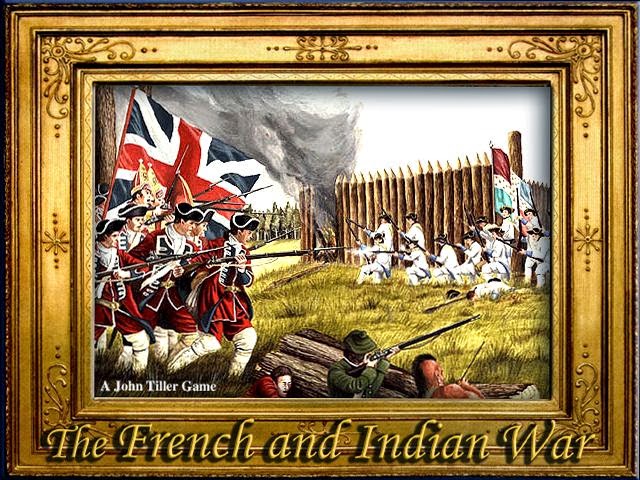From 1754 to 1763, the French and
Indian War raged. It was caused by the French and Indians claiming the Ohio
valley, which the English claimed, too. In Europe, the war was called the Seven
Years War.
In the war, the Indians allied with the French
and England fought with the American colonists, who were English at the time.
When it began, the English
had to learn how the French fought. The French fought in the trees and took
cover behind something. The English fought right in the open. For example, in
1775, General Braddock was sent to a fort along with a lot of English troops.
While they were marching, in the trees were French and Indians waiting for The
English. When the English came in sight, they opened fire. The British couldn’t
see them but the French could see the British. This event caused Braddock and
the English troops to lose their lives, but George Washington and a few others
survived.
General Braddock
Like
in the Revolution, at first the English weren’t doing very well in the starting
battles. Many big casualties happened to the English. One of the biggest was
the battle of Fort McHenry, which ended with a massacre where Indians killed all
the remaining English.
In 1758, the luck for the
English flipped and the Indians, who were allied with the French,
joined the British. The French got frustrated and surrendered in 1763.






















